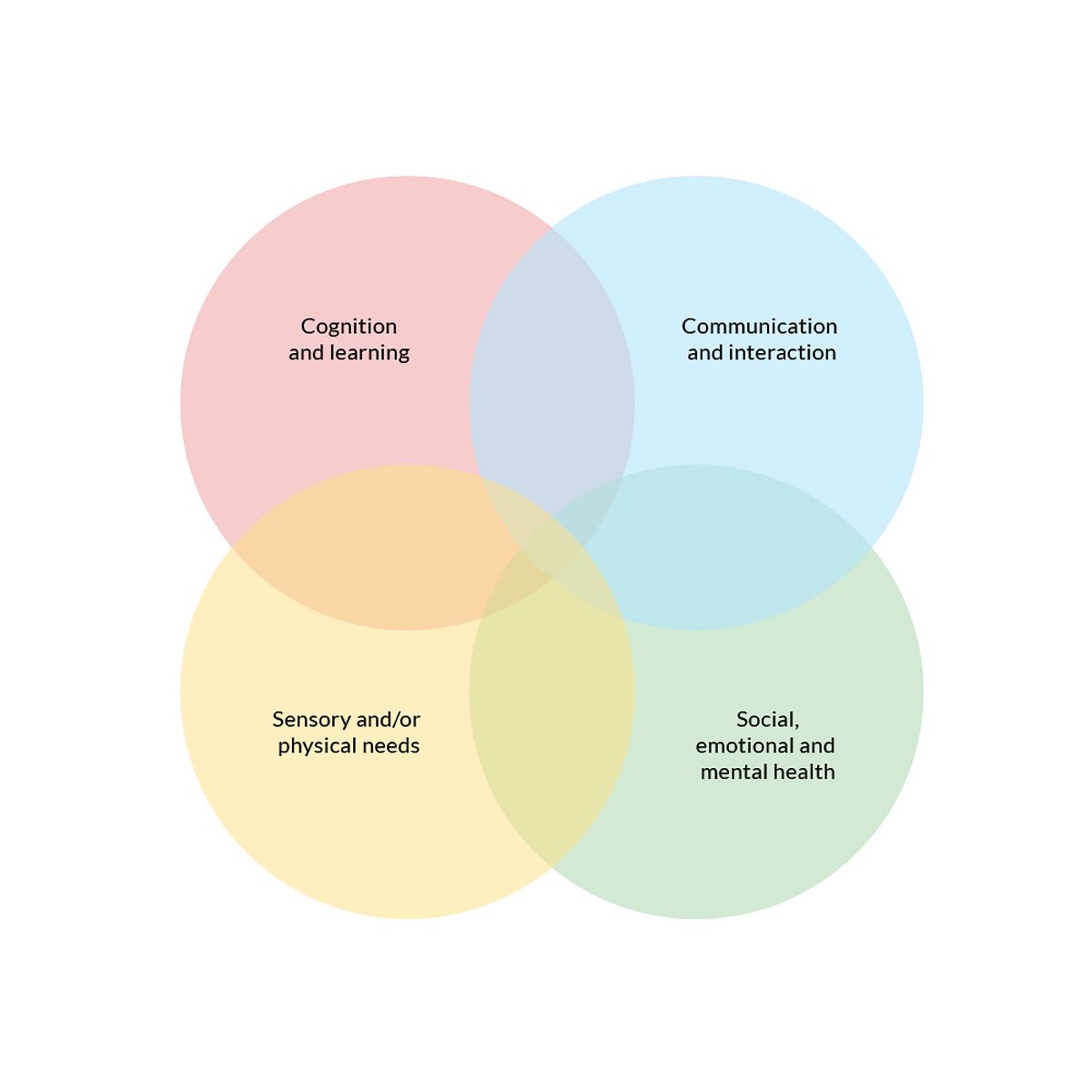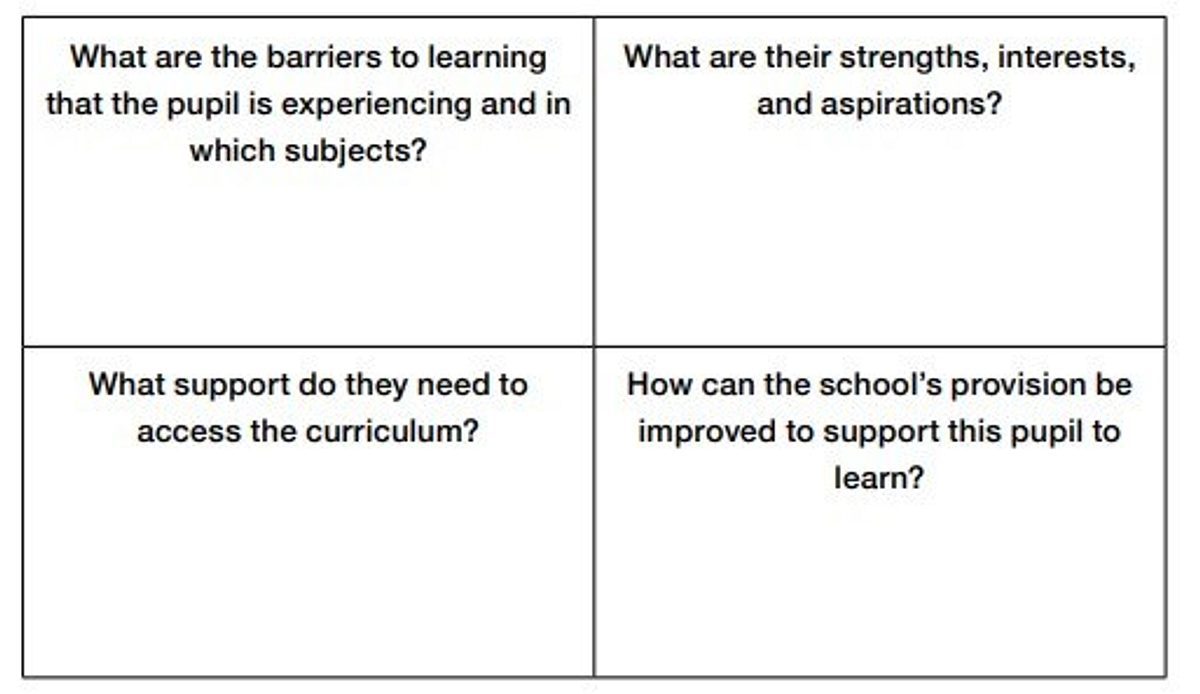Special Educational Needs in Mainstream Schools: 3 Types of Learning Needs
Posted 29th November 2023
The N in SEND stands for needs. Recommendation 2 from the EEF’s Special Educational Needs in Mainstream Schools guidance report tells us to: Build an ongoing, holistic understanding of your pupils and their needs.
But this can feel like a daunting task, especially when we consider the complexity of individual needs, and the breadth of needs that any teacher might encounter with the pupils they teach.
A helpful way to start, according to the guidance, is to think of learning needs in three different ways:
All children have common needs—for example, the need to receive effective teaching;
Some children have specific needs that are shared with a similar group—for example, pupils with a hearing impairment need access to means of audiological support; and
All children have individual needs—for example, pupils with a Speech and Language Disorder may benefit from pre-teaching of vocabulary and scaffolded talk opportunities.
Common needs
The evidence review for this guidance report found strong evidence that high quality teaching for pupils with SEND is firmly based on strategies that will either already be in the repertoire of every mainstream teacher or can be relatively easily added to it. The 5‑a-day strategy was developed as a result. Read more in this EEF blog

Specific needs shared with a group
It can sometimes be helpful to identify needs that a pupil might share with a similar group. For example, there may be strategies to consider which are helpful in general for visually impaired pupils, as well as looking to address pupil-specific needs. There may be a wider evidence base or resources to access for pupils when we can identify specific needs shared by others. Or we may be able to access additional support or training to help a range of pupils.
The SEND Code of Practice outlines four broad areas:
- Communication and interaction
- Cognition and Learning
- Social, emotional and mental health difficulties
- Sensory and/or physical needs
In practice, there can be crossover between these broad categories. While a medical diagnosis may give us an indication of possible needs, it will not always be helpful in the specific needs for individuals and the way that we can adapt our teaching.

Individual needs
Finally, we build that holistic picture of individual needs by gathering information from a range of sources. This should include pupil, as well as parents and carers, colleagues, and external professionals.
The quadrant below offers a useful frame to consider individual needs:

The graduated approach of ASSESS > PLAN > REVIEW > DO is recommended. There is a helpful case study in the guidance report.
The guidance report is available here, along with accompanying resources.